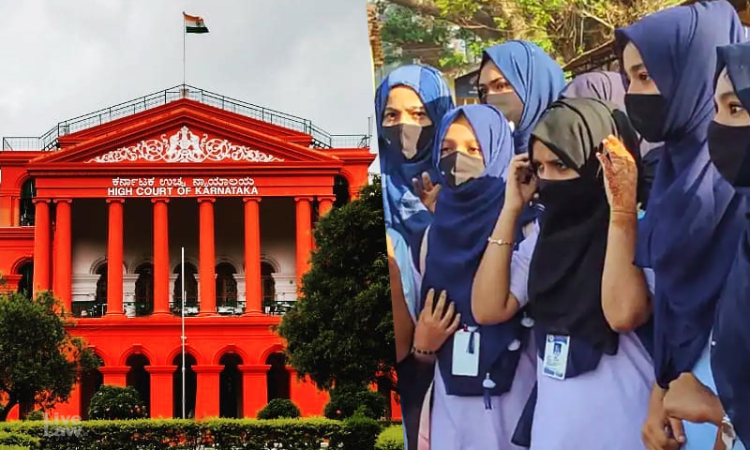State Hasn't Banned Hijab, Says Karnataka AG; If Institutions Permit, Will You Object? High Court Asks
Mustafa Plumber
21 Feb 2022 5:37 PM IST

Next Story
21 Feb 2022 5:37 PM IST
A Full Bench of the Karnataka High Court today continued hearing Advocate General Prabhuling Navadgi on behalf of the State, in the petitions filed by Muslim girl students, who have challenged the action of a government college in denying their entry for wearing a hijab (headscarf). Today is the 7th day of the hearing before the Full Bench.When the hearing started, the bench led by the...
